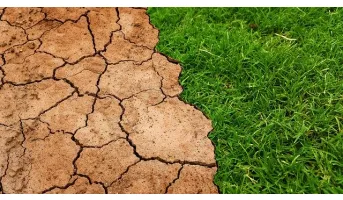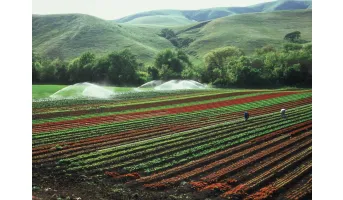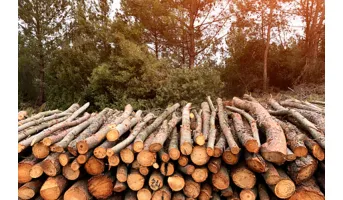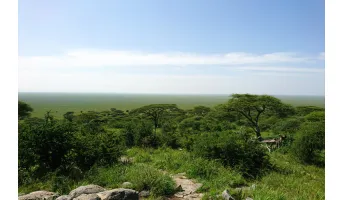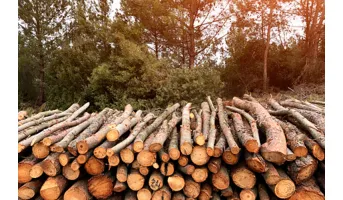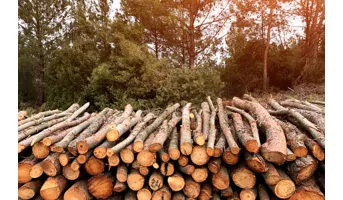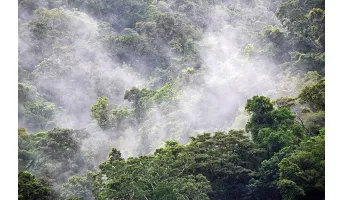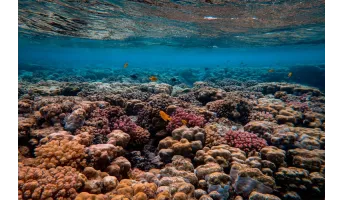![]()
Goal 13: Climate action
Take urgent action to combat climate change and its impacts
The year 2017 was one of the three warmest on record and was 1.1 degrees Celsius above the pre-industrial period. An analysis by the World Meteorological Organization shows that the five-year average global temperature from 2013 to 2017 was also the highest on record. The world continues to experience rising sea levels, extreme weather conditions (the North Atlantic hurricane season was the costliest ever recorded) and increasing concentrations of greenhouse gases. This calls for urgent and accelerated action by countries as they implement their commitments to the Paris Agreement on Climate Change.


